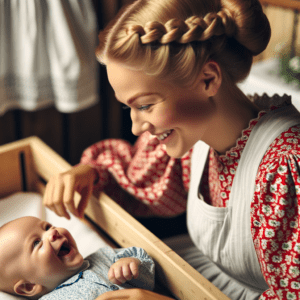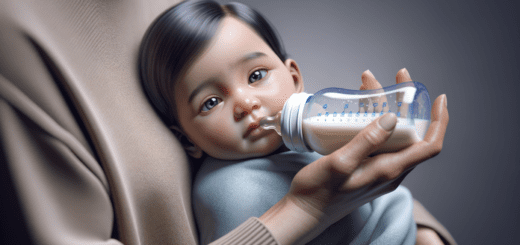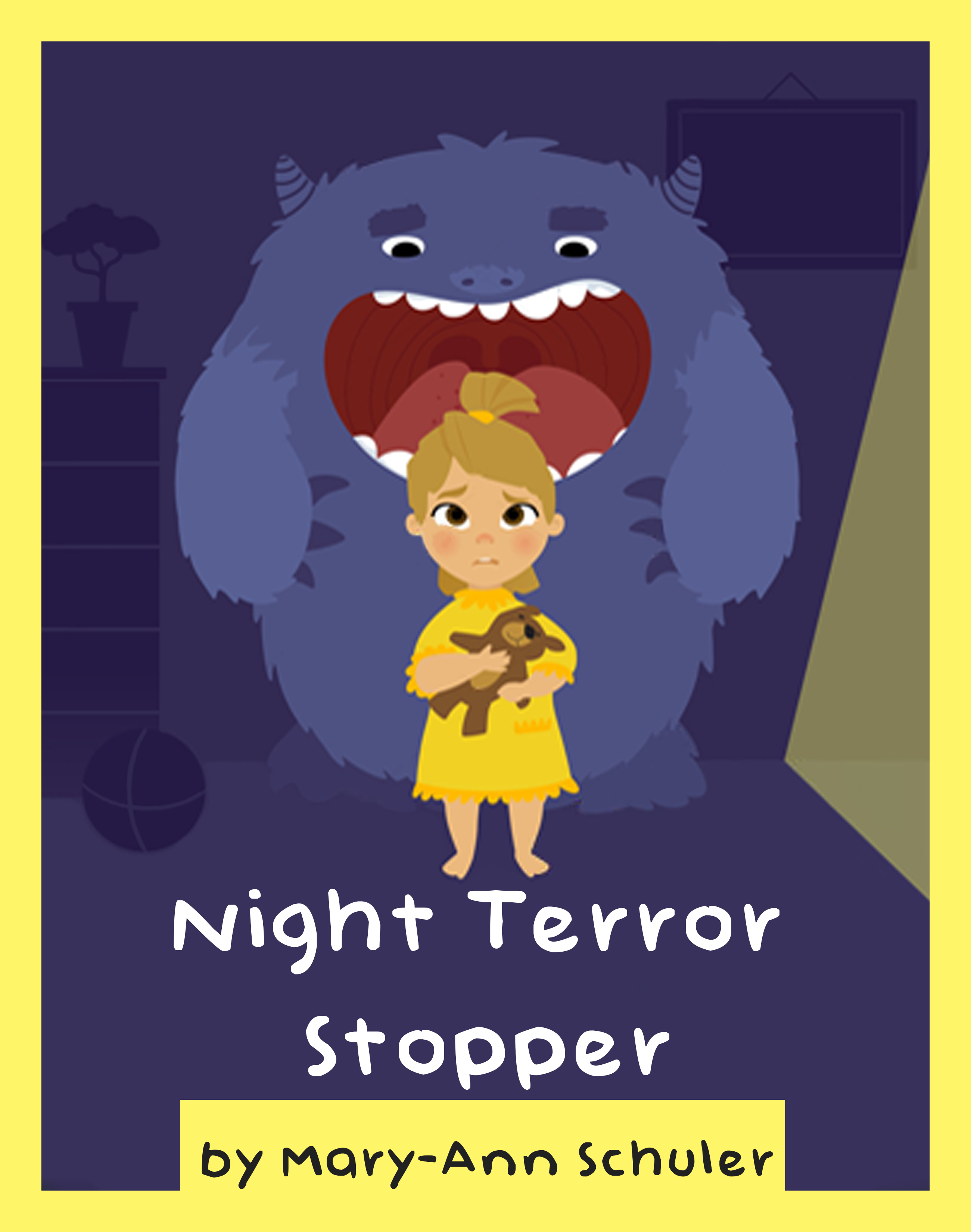The Language of Babies: Understanding Infant Communication
Infants may not be able to communicate verbally, but they have their own unique way of expressing their needs, emotions, and thoughts. Understanding how babies communicate can help parents and caregivers establish a strong bond with the little ones in their care. In this article, we will explore the complexities of infant communication, the signs and cues to look out for, understanding nonverbal gestures, and how to build a strong bond through communication.

The Complexity of Infant Communication
Infant communication is a complex system that involves a combination of nonverbal cues, gestures, and vocalizations. Babies rely heavily on their caregivers to interpret and respond to their needs, as they are unable to communicate through words. Crying is one of the most common ways infants communicate distress, hunger, or discomfort. However, babies also use facial expressions, body language, and eye contact to convey their emotions and needs.
Babies are highly attuned to their caregivers’ responses, which helps them develop a sense of security and trust. By responding promptly and sensitively to their cues, caregivers can help infants feel understood and cared for. It is important for caregivers to pay close attention to the subtle signals babies send, as these can provide valuable insights into their emotional state and needs.
Signs and Cues to Look Out For
Some common signs and cues that babies use to communicate include rooting (turning their head towards a source of food), sucking on fingers or fists (indicating hunger), arching their back or kicking their legs (signs of discomfort), and making eye contact or smiling (expressing pleasure or contentment). It is essential for caregivers to be observant and responsive to these cues in order to meet the baby’s needs and provide a nurturing environment.
Babies also have different cries for different needs, such as a hunger cry, a tired cry, or a pain cry. Caregivers can learn to distinguish between these cries by paying attention to the pitch, rhythm, and intensity of the cries. Responding promptly to a baby’s cries helps build a sense of security and trust, which is essential for healthy development.
Understanding Nonverbal Gestures
In addition to vocalizations and cries, babies use a variety of nonverbal gestures to communicate. These can include facial expressions (such as smiling, frowning, or furrowing the brow), body movements (such as waving arms or kicking legs), and eye contact. Caregivers can learn to interpret these gestures by observing the baby’s behavior and responding with sensitivity and warmth.
Nonverbal communication is a powerful tool for building a strong bond between caregiver and baby. By responding to the baby’s cues with affection and attentiveness, caregivers can help infants feel secure and loved. This can have a lasting impact on the baby’s emotional development and well-being, laying the foundation for healthy relationships in the future.
Building a Strong Bond Through Communication

Building a strong bond with an infant is essential for their emotional and social development. By responding to a baby’s cues with empathy and understanding, caregivers can create a secure attachment that fosters trust and confidence. This can have a positive impact on the baby’s mental health and well-being, laying the groundwork for healthy relationships throughout their life.
Caregivers can strengthen their bond with a baby by engaging in responsive and interactive communication. This can include talking to the baby, making eye contact, mirroring their expressions, and responding to their cues with warmth and sensitivity. By creating a nurturing environment that is attuned to the baby’s needs, caregivers can help the baby feel safe, loved, and valued.
Understanding the language of babies is a skill that can be developed over time through observation, practice, and patience. By paying attention to the signs and cues that infants use to communicate, caregivers can build a strong bond with the baby and provide the support and care they need to thrive. Through responsive and sensitive communication, caregivers can help infants feel understood, valued, and loved, laying the foundation for healthy development and positive relationships in the future.








